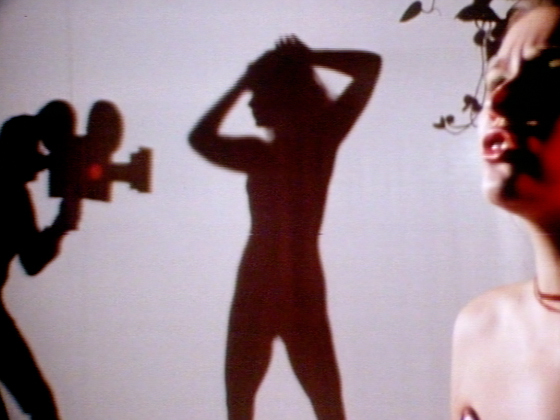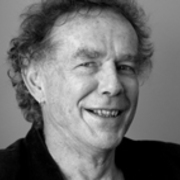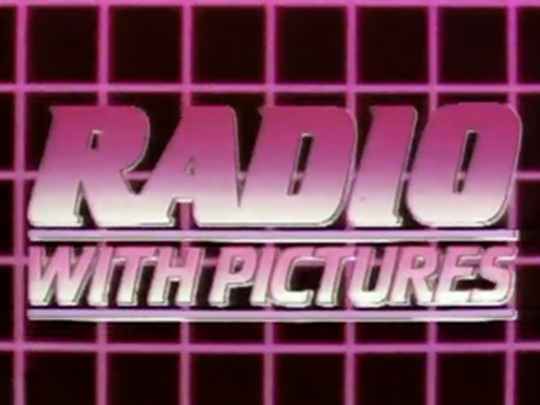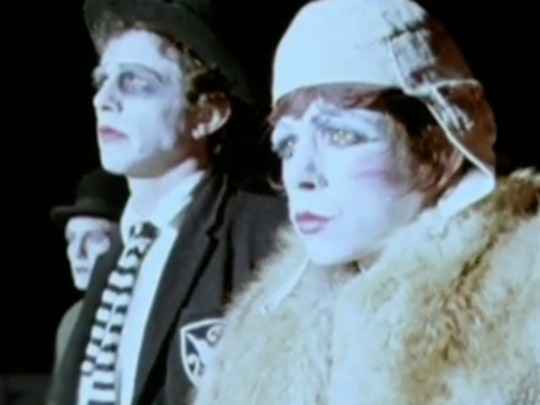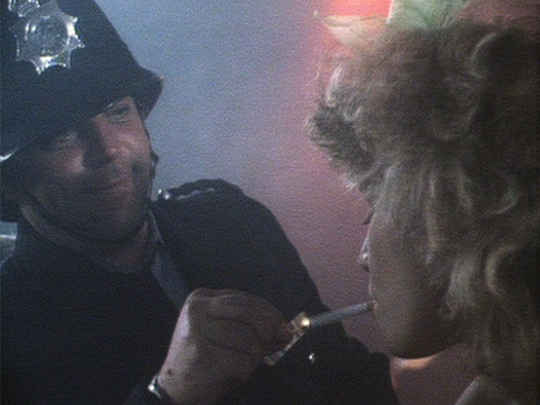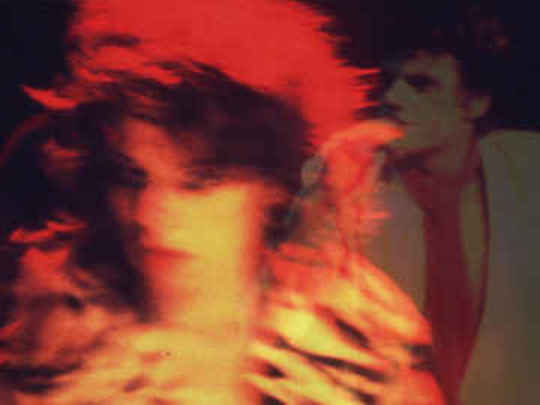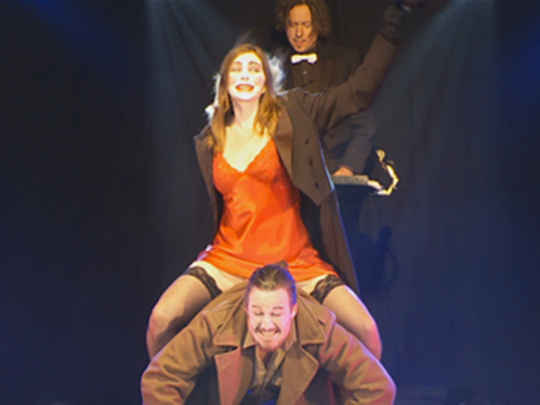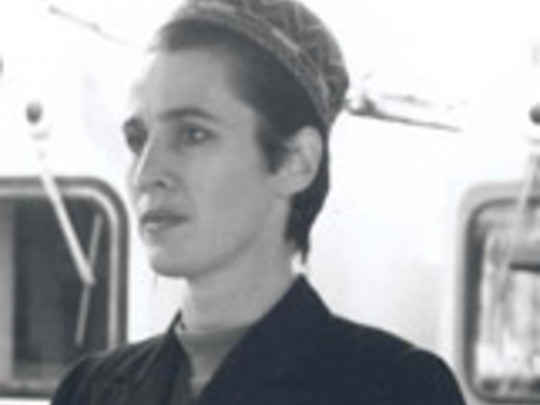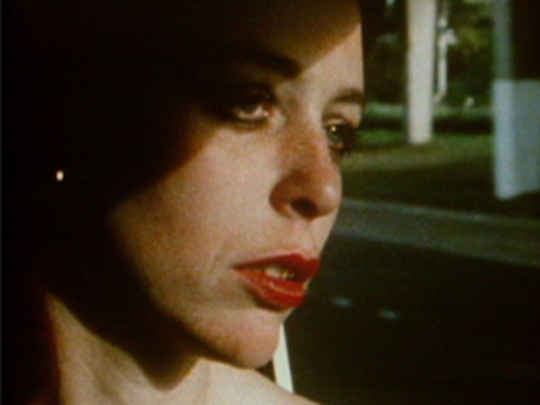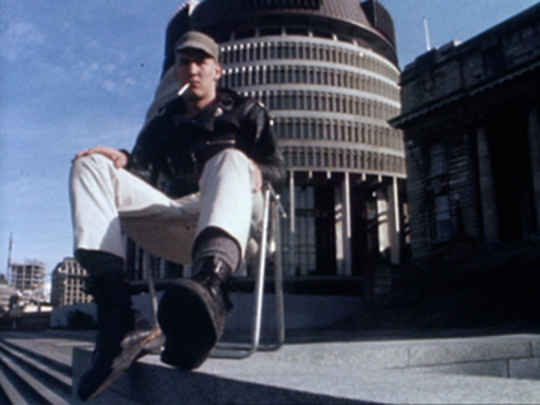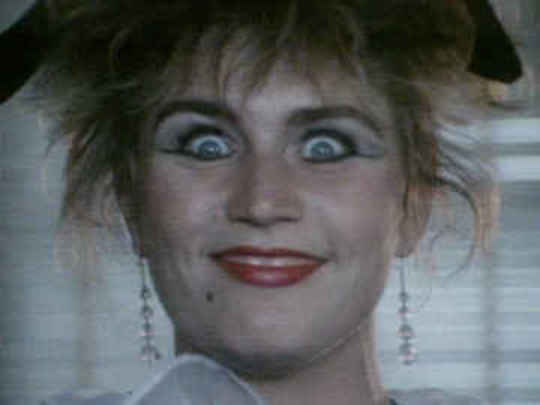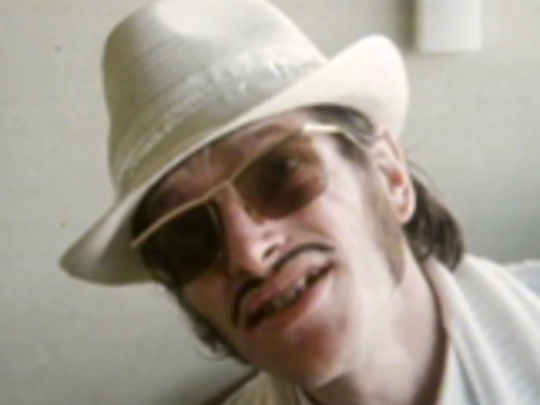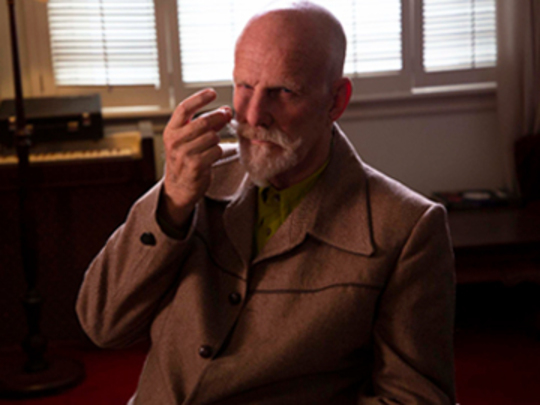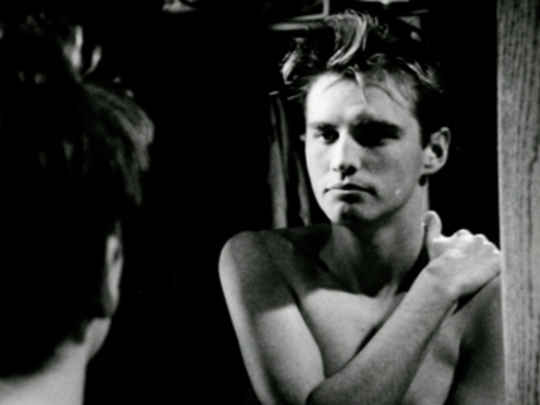Radio with Pictures - Red Mole (Life is a Zoo)
Television (Full Length) – 1980
Red Mole on Screen
Red Mole theatre company began with a chance meeting of a group of New Zealanders, in an opium den behind a Shell service station in Luang Prabang in Laos. They travelled widely, but for most of their 33 years, Red Mole was based in Wellington. Their first performance, in 1974 at Victoria University — a fantasia about the arrest of Bill Sutch by the SIS — was a fundraiser for the Newtown Community Centre. White Rabbit Puppet Theatre debuted soon after, in the toy department at James Smiths; and for the next few years Red Mole and White Rabbit made cabarets, variety shows, Christmas pageants, political satire, puppet theatre and travelling circuses.
Co-founders Alan Brunton and Sally Rodwell, along with their arch collaborator, Deborah Hunt, and a floating ensemble of others, were restless wanderers, always on the road; touring through New Zealand, then embarking on journeys overseas which took them to Europe, North and South America, Australia and the Pacific. Red Mole wrote their own scripts, made their own masks, puppets and props, preferred to perform to live music and were always a multimedia outfit in the best sense of that term.
Their performances at Carmen’s Balcony in 1977 were legendary for their colour, exuberance, humour, sexiness and raw energy. I was a member of the troupe in those days; when we went up to Auckland at the end of the year to perform Slaughter on Cockroach Avenue at the Ace of Clubs, we made, with Leon Narbey directing, a surrealistic silent film called Someday Afternoon. We projected it during the show and in many other shows subsequently.
Not long after, we were approached by Sam Neill, then working for the National Film Unit. He wanted to come on the road with us and make a documentary about the experience. Red Mole on the Road starts in the South Island and travels through the West Coast and the Marlborough Sounds, across Cook Strait to Wellington, and then on up the North Island, culminating in the last show of the tour, in Auckland, before we departed overseas.
We spent the next couple of years in Mexico, the United States, the United Kingdom and Europe, and didn’t see the finished product until we returned to New Zealand in 1980. Red Mole on the Road is not a traditional documentary. While members of the group are sometimes shown following the humdrum routines of any touring show, we also encounter other versions of ourselves, avatars perhaps, which suggest there are unknown dimensions to everything we do. Interviews with members of the troupe in whiteface accentuate this feeling of strangeness, of the instability of identity which can occur when one makes a living by pretending to be somebody or something else. At what point does the pretence become a reality? At any point.
In Bus Stops on the Moon, my book on Red Mole between 1974 and 1980, I wrote: "In Christchurch we were joined at the Ngaio Marsh Theatre by a crew from the National Film Unit ... it was a small, four-man unit: director Sam Neill, a cameraman, a soundman and a gaffer. John Reid, from Wellington, had a co-scriptwriting credit with Sam. At that point Sam had done as much directing as acting, and his acting was as likely to have been on stage as on-screen, with Paul Maunder’s Landfall and Roger Donaldson’s Sleeping Dogs the exceptions. What I mainly recall about him as a director, however, was his uncertainty. He seemed never to know quite what to do next."
"This was understandable because, throughout the shoot, he was struggling with Alan for control of the film. If Sam didn’t know what he wanted, Alan certainly did. But Sam wasn’t going to be dictated to by Alan, so he resisted. And thus it went: a battle of wills that played out over weeks, from Christchurch up to Auckland. Alan’s idea was that, as performers, we existed in three incarnations: the characters we played on stage, our real-life selves and an indeterminate third, a kind of ur-self, in whiteface, mostly encountered on the road: as desperados, ghosts, revenants, hitchhikers, vagabonds. While driving through the landscape as ourselves, then, we encounter others who both are and are not ourselves. Sometimes, when interviewed, we speak as these ur-selves; generally they appear in mime. They are never commented upon."
"....There are star turns. In the box office of the Theatre Royal in Nelson, Alan, as Uncle Al, the Kiddie’s Pal, in a scarf, a red bowler hat and a red jacket, is interviewed while selling tickets and stashing the night’s takings into a shoebox: one, two and five dollar bills. He chuckles as he folds the money away, comparing us to evangelists bringing a message of redemption to the unconverted ... in a school hall on the West Coast, perhaps in Murchison, Sal and Deb do an act for a group of young kids sitting on the floor. They begin as bird puppets, peering around the corners of a curtain, singing a song. In the reprise they step out as glamorous swimsuit-clad glove-puppeteers in high-heeled shoes: 'Oh we are little birds/And we fly around the store/We poop on the windows/And we poop on the floor/We poop on the butter/And we poop on the jam/And we poop poop poop /On the grocery man.' The kids go wild."
The narrative thread of the film is our progress north to the culmination of the tour, two nights at His Majesty’s Theatre, now demolished, in Auckland. We’re ambivalent; no one really believes we’ll sell out the show but we all still hope we might. There’s that strange combination of the earnest and the nonchalant, so characteristic of those years."
Film and video went on to become, along with live theatre, a central preoccupation for Red Mole. After our return to New Zealand in 1980, they made a four song Radio With Pictures special, 'Life is a Zoo', with Tony Holden directing, using songs from their satirical account of the Mr Asia imbroglio, I’ll Never Dance Down Bugis Street Again. It was shot at Wellington zoo, with John Davies playing an innocent who bicycles into a strange, violent and paradoxical world of shape-shifters. The Sam Ford Verandah Band, soon to become The Neighbours, wrote the music for the Bugis Street show; members of the ensemble appear in the film.
That same year, in Auckland, Melanie Rodriga made the documentary Second Sight, about Sally Rodwell and Deborah Hunt. When the Moles returned to New York in 1981 they burrowed deeper into the alternative film scene, making Super 8 and 16mm films, including The Felonies of Dr Thollon, This Black Valise, and In the Eye of the Tiger; Sally had a part in the Bette Gordon/Kathy Acker indie feature Variety.
Wherever possible Red Mole also documented their live shows, using still photography, video and film. Upon their next return to New Zealand, in 1988, they began assembling material for what became Zucchini Roma: A Life in the Theatre, a video history of the group from 1974 to 1994, directed by Sally Rodwell. Subsequently Sally also made Heaven’s Cloudy Smile, featuring the poetry of Alan Brunton and Michele Leggott; and, in the United States, City of Night, a version of Sophocles’ Antigone, which had already been performed onstage. In the year 2000 Alan appeared in Krapp’s Last Video, an adaptation of Samuel Beckett’s Krapp’s Last Tape, directed by Shahin Yazdani. There is also a filmed version of a performance of Alan's posthumously published work, Compostela: A Walk, about a pilgrimage he, Sally and their daughter Ruby made, in 1987, to Santiago de Compostela in Spain.
- Martin Edmond is an acclaimed non-fiction writer (Bus Stops on the Moon - Red Mole Days 1974 - 1980, Chronicle of the Unsung) and screenwriter. His screenwork includes co-writing acclaimed goldmining tale Illustrious Energy and Australian feature Terra Nova.
